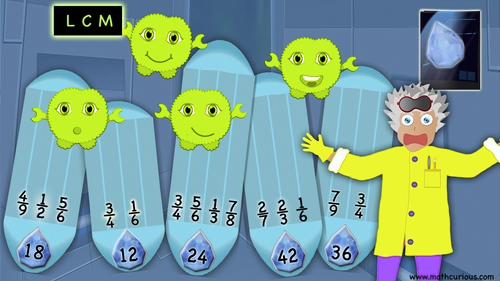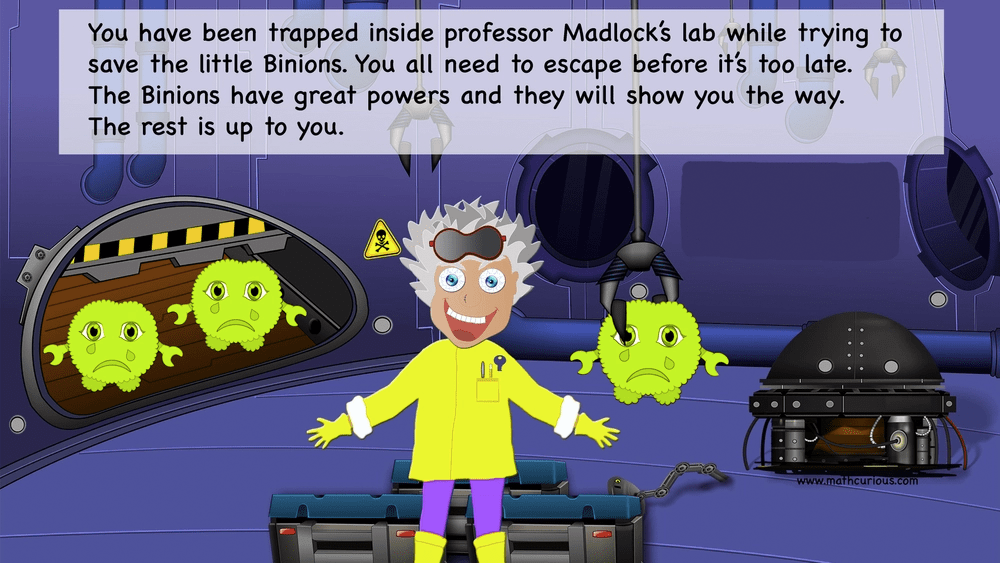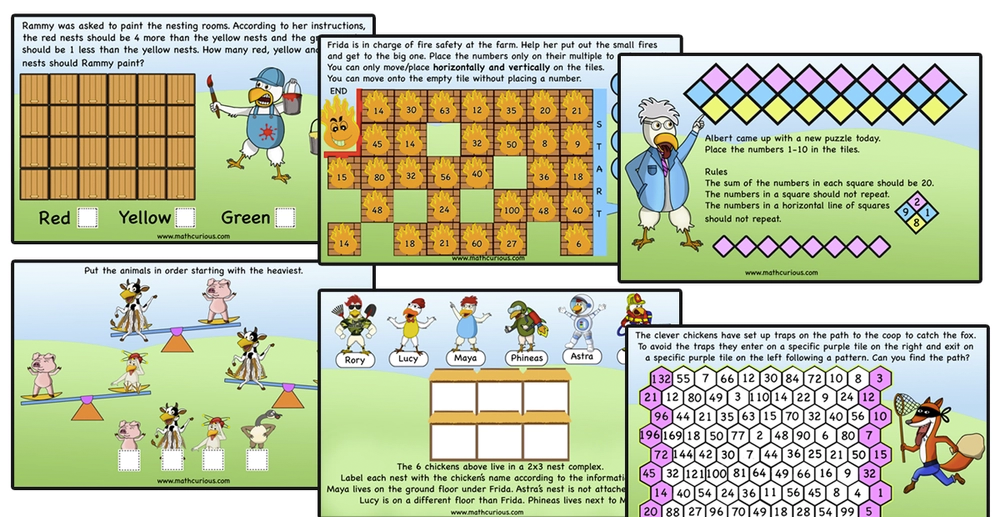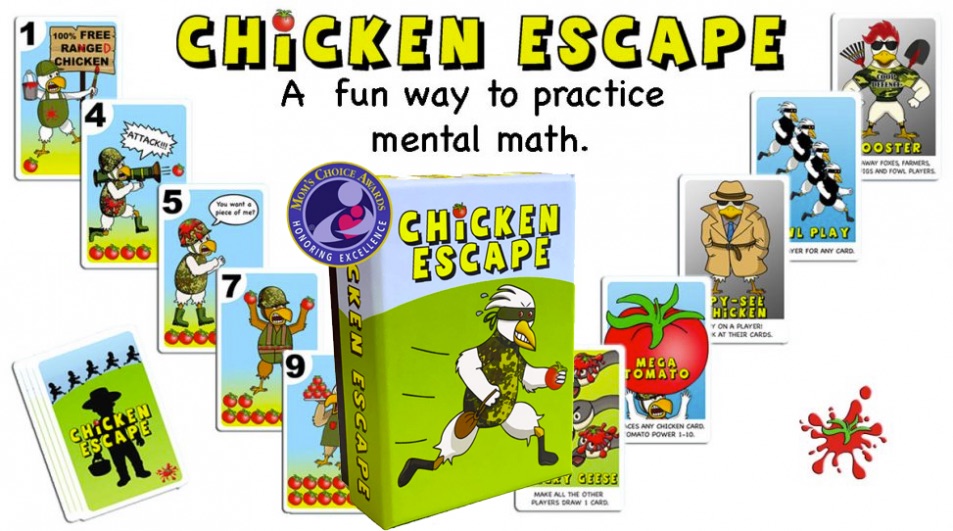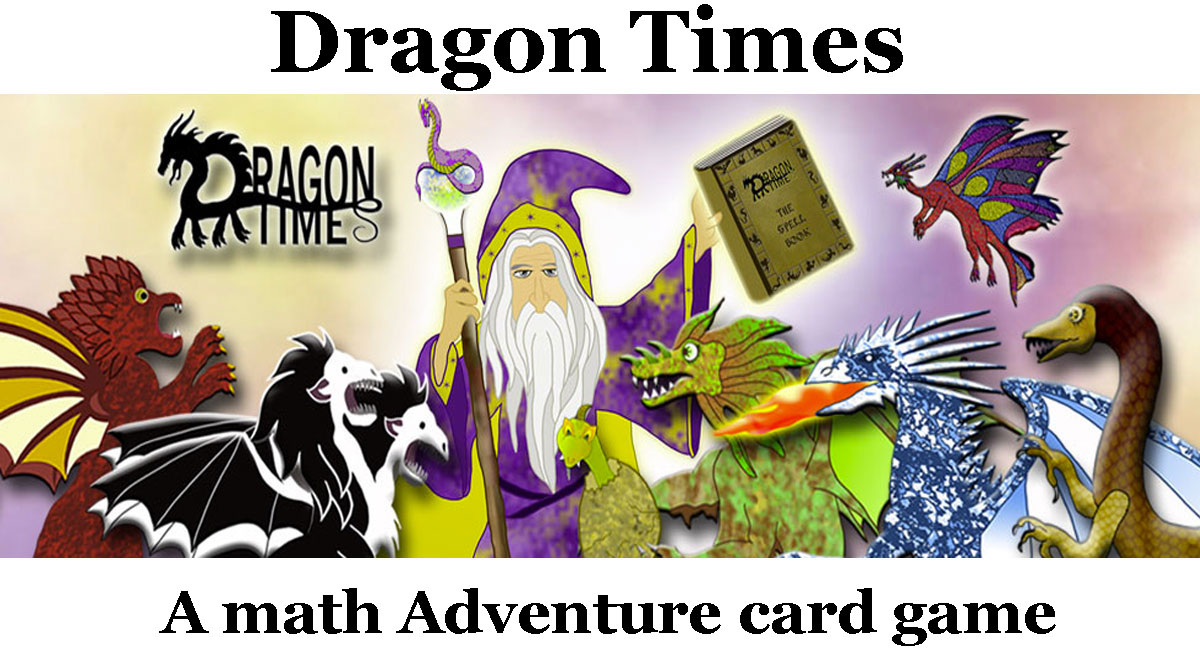Mathematics, a subject often perceived as a maze of numbers and formulas, has been facing a significant challenge: student disengagement. This disinterest in math is a growing concern that threatens to widen the gap in STEM education and future career choices. But why are students disengaging from math, and more importantly, what can we do to turn this around?
The Root of the Problem:
To address disengagement, we must first understand its roots. For many students, math feels disconnected from their lives. It’s often taught in a way that feels abstract, with little relevance to their daily experiences. Additionally, traditional teaching methods, which focus heavily on rote memorization and procedural learning, may not resonate with every learner. This one-size-fits-all approach can leave students feeling frustrated and defeated, especially if they don’t see immediate success.
The Impact:
Disengagement in math doesn’t just affect grades; it has broader implications. It can lead to a lack of confidence in students, making them shy away from math-related fields and opportunities. This trend is particularly troubling in an era where STEM skills are increasingly valued and necessary.
Innovative Strategies for Engagement:
Increasing student engagement in math requires innovative strategies that make learning both enjoyable and relevant. Here are some approaches that can help revitalize interest and participation in math classes:
- Gamification: Transforming math lessons into games can significantly boost engagement. This includes using math-based puzzles, board games, and digital platforms that turn learning into a fun and interactive experience. Leaderboards, points, and rewards can also motivate students.
- Real-World Problem Solving: Incorporate real-life scenarios where math is applicable. This can involve budgeting exercises, planning a garden layout using geometry, or analyzing sports statistics. When students see the practical application of math in their everyday lives, they’re more likely to be interested. Interesting Word Problems can get the students thinking. There are many different ways to solve a math problem, and equipping students with problem-solving strategies is just as important as teaching computation and algorithms.
- Technology Integration: Utilize educational technology tools like interactive software, apps, and online resources. These tools often offer personalized learning experiences, and immediate feedback, and can make abstract concepts more tangible through simulations and visualizations.
- Project-Based Learning: Engage students in long-term projects that require mathematical thinking. For example, designing a small business plan, building a model, or conducting a statistical study on a topic of interest. This approach encourages exploration and application of math skills more holistically.
- Flipped Classroom Model: Invert the traditional teaching model by having students first explore new concepts at home, through videos or reading materials, and then apply these concepts in the classroom through problem-solving activities. This method can lead to deeper understanding and more active classroom engagement.
- Collaborative Learning: Encourage group work where students can solve problems together. This promotes discussion and idea sharing, making math a more social and engaging subject.
- Cultivating a Growth Mindset: Teach students that their math abilities can grow and improve with effort. Praise hard work and persistence rather than innate ability, and encourage a positive attitude towards challenges and mistakes.
- Differentiated Instruction: Recognize that students have diverse learning styles and paces. Tailoring instruction to meet these different needs can help keep all students engaged. This might involve providing different types of activities or varying levels of challenge within the same class.
- Interactive Notebooks: These are personalized, creative spaces where students can jot down notes, solve problems, and display their understanding through drawings, diagrams, and foldables. This hands-on approach can make learning more engaging and memorable.
- Math Workshops or Math Centers: Set up different stations in the classroom, each focusing on a different math skill or activity. Students rotate between stations, which can include technology-based learning, hands-on activities, and traditional problem-solving.
By integrating these innovative strategies, math education can become more engaging, relevant, and enjoyable for students. The key is to create an environment where students feel encouraged to explore, question, and apply mathematical concepts in diverse and meaningful ways.
Here is a variety of print-to-play and digital games to review and reinforce different topics.
Here are our first escape rooms to review fractions. More coming soon.
Puzzles are great for challenging the student’s brains, connecting concepts, and encouraging collaboration.
Math talks activities provide opportunities for meaningful math discussions and increase student engagement.
Find many task cards for math stations below, print and digital
